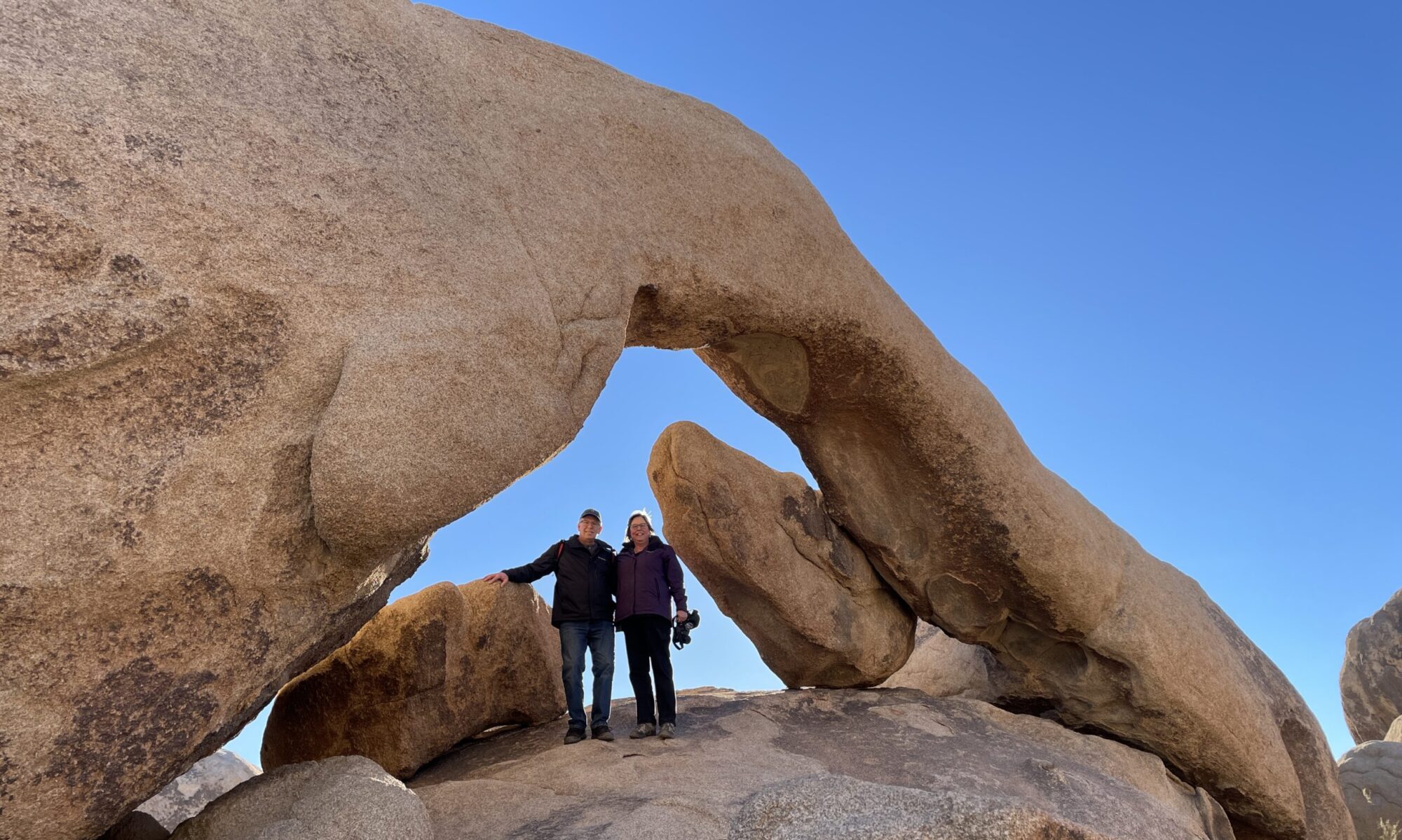The reported incidents of violent speech and physical confrontation at local school board meetings; the false claims about Critical Race Theory which seem filled with non-rational fear that seeks no clear definition of it; and the rush of legislation restricting words, books, and history are all disturbing examples of the great value and real risks of education.
These deeply troubling incidents remind us that the educational process can be threatening to us and the beliefs we hold.
As part of a family of educators, I care deeply about our educational systems and I have great respect for the teachers, administrators, coaches, and staff who are committed to our children. I also am inspired by courageous and prophetic efforts to respond to threats to education communities.
Beverly and I vacationed in Hot Springs, Arkansas, a couple years ago and on our way home we stopped in Little Rock. We visited the Little Rock Central High School National Historic Site.

I bought the book, Lessons from Little Rock, by Terrance Roberts. He is one of the Little Rock Nine, a group of African-American students who were the first black students ever to attend Little Rock Central High School in 1957.
One of the things I learned was the connection of this school integration history with one of our United Methodist-related colleges.
Philander Smith College was founded in 1877 and chartered in 1883 as a four-year coeducational liberal arts college in Little Rock, Arkansas. It is a United Methodist-related college like Albion and Adrian are in Michigan.
As a United Methodist Church affiliated institution, the heritage of Philander Smith College is deeply rooted in faith. Philander Smith College’s mission statement echoes its first mission by The Methodist Church to provide an education during “conflict and social change,” by educating current students to become “advocates for social justice”(https://www.philander.edu/about-us/the-united-methodist-church).
Roberts spoke at Philander Smith in 1997 and shared these memories:
As I stand in this spot I can see down Izard Street where I lived as a young boy growing up in Little Rock. Coming to the campus at Philander Smith College was on my playtime agenda as my friends and I climbed these steps and slid down these banisters. I am on familiar ground today. Later, Philander Smith was to provide much needed services to me and my eight colleagues when we were denied entrance to Central High School in September, 1957. During the three-week period as we awaited the outcome of the legal wrangling over states’ rights versus federal rights, Philander Smith College faculty and students tutored us in the high school subjects being taught to our future Central High classmates…They continued to do this for the entire academic year of 1958-59 as well when all Little Rock public high schools were closed in the name of “segregation forever,” and African-American students were in need of educational resources (Philander Smith College Remarks, September 27, 1997 in Lessons from Little Rock, 168).
Educators are courageous and creative people. Such courage and creativity is part of our DNA as disciples of Jesus Christ. Jesus’ teaching upset people, turned them toward the Kingdom of God, and showed them the power of God’s love and grace. I am thankful for the heritage of strong educators who meet threats to education with a commitment to teach so our children may grow up with the skills and knowledge to love God and their neighbors as they love themselves.

